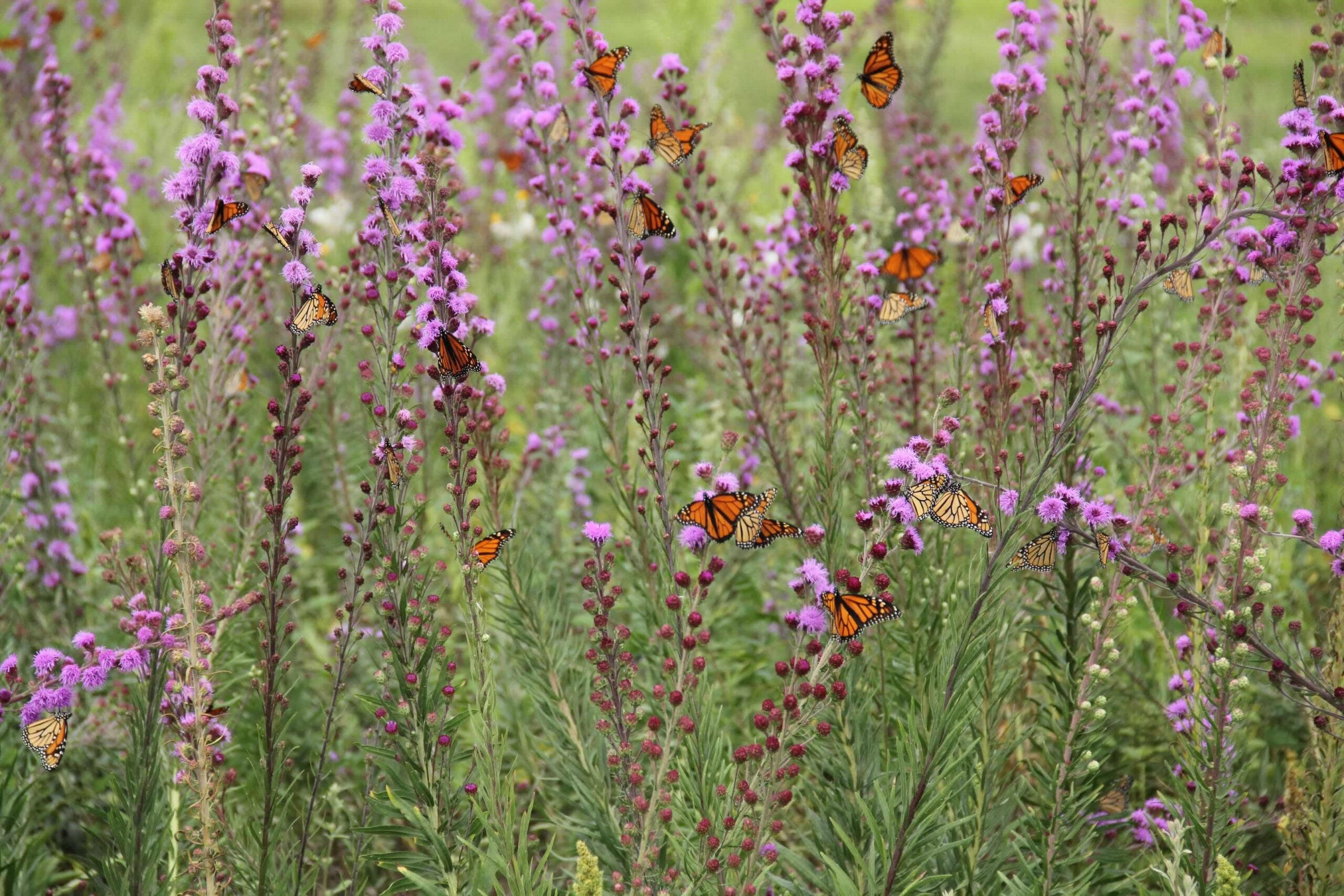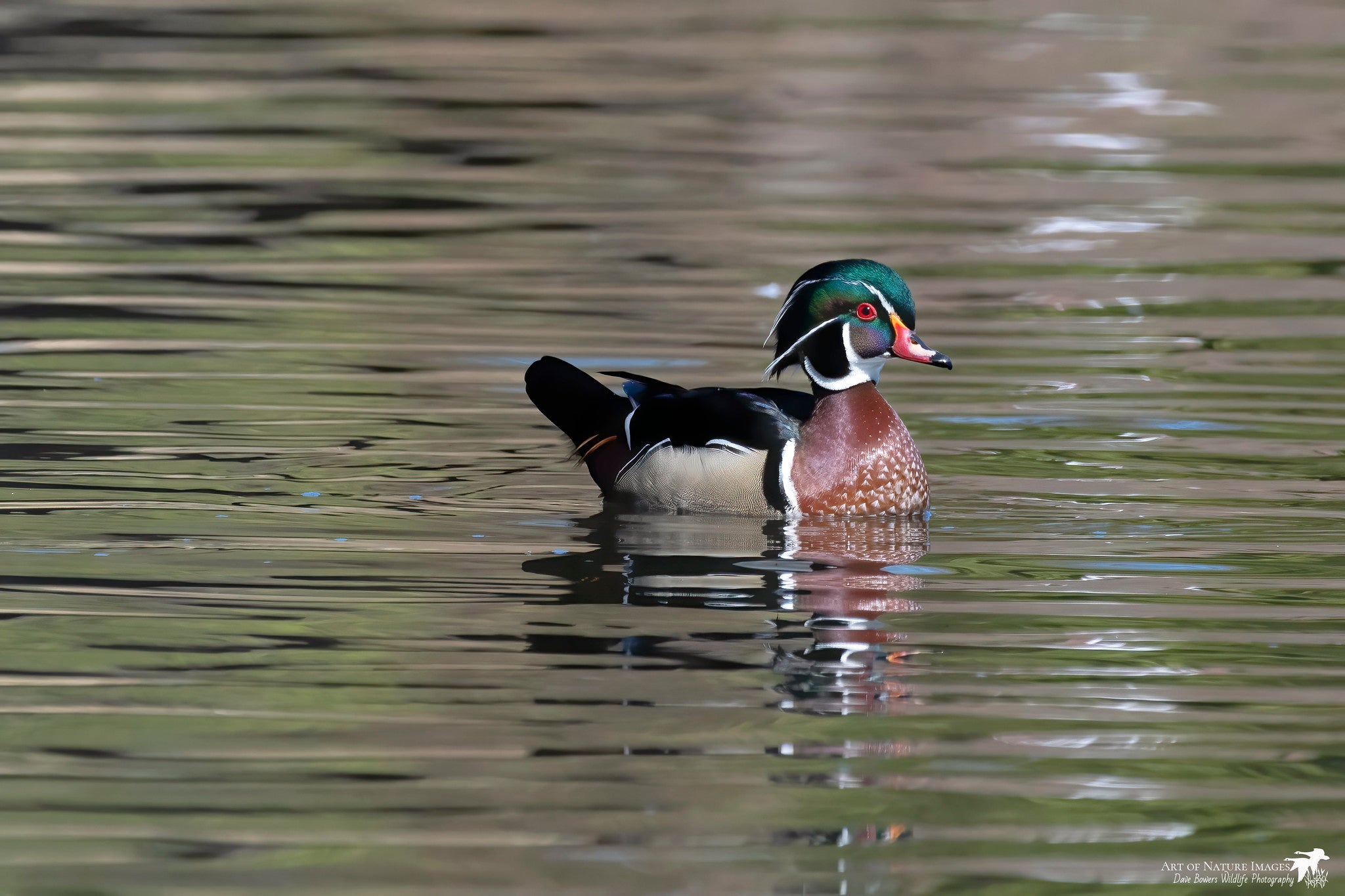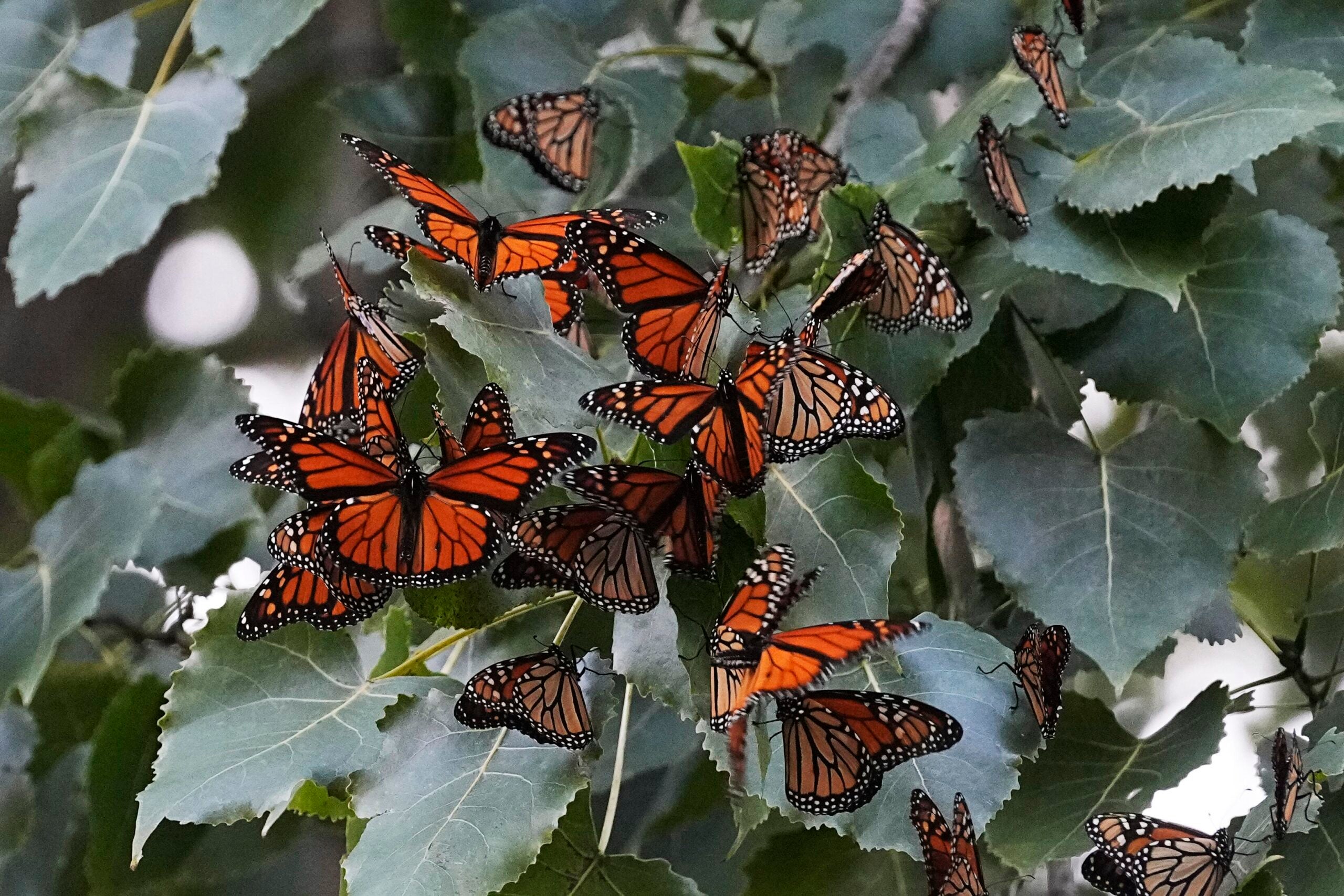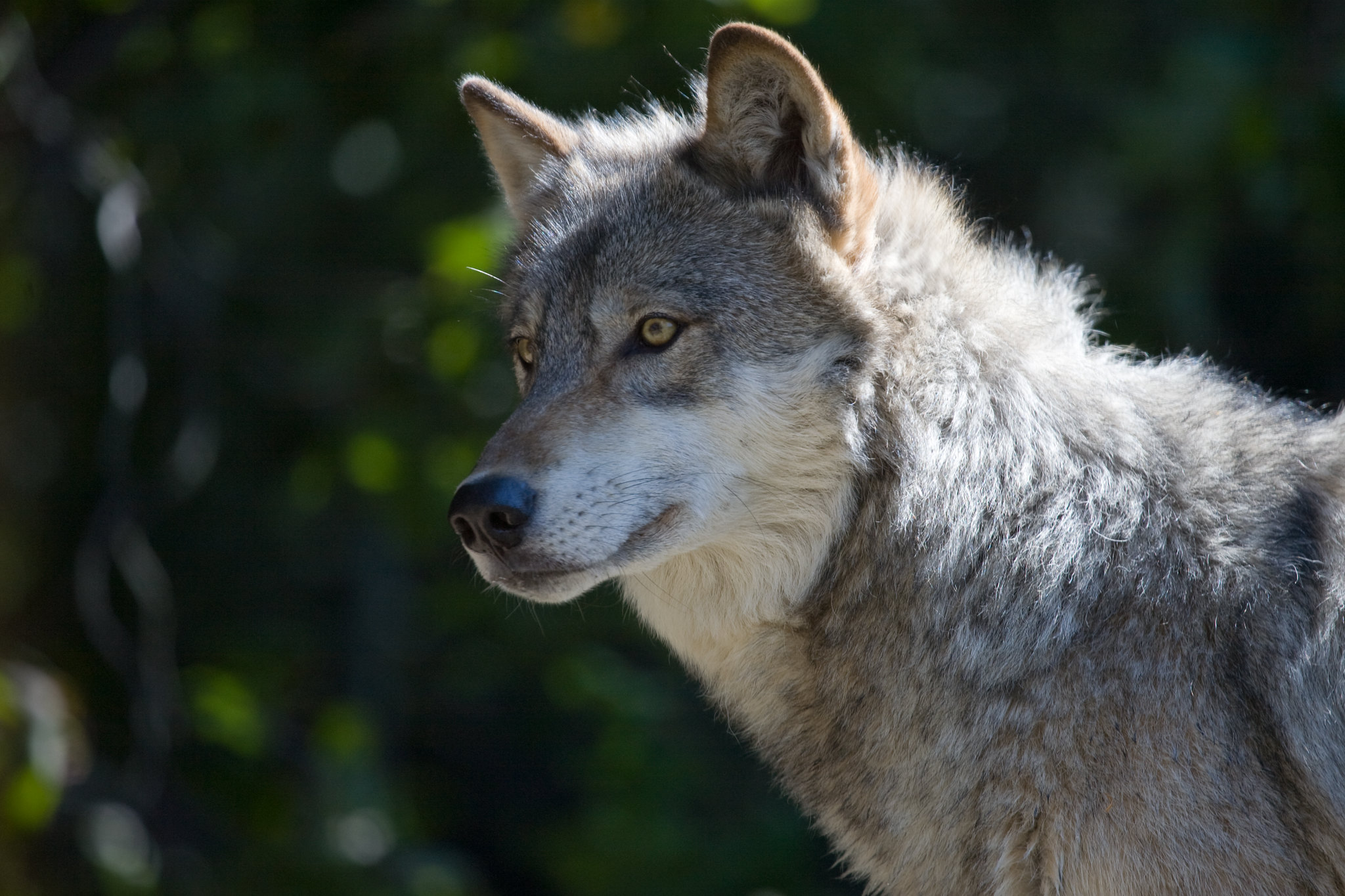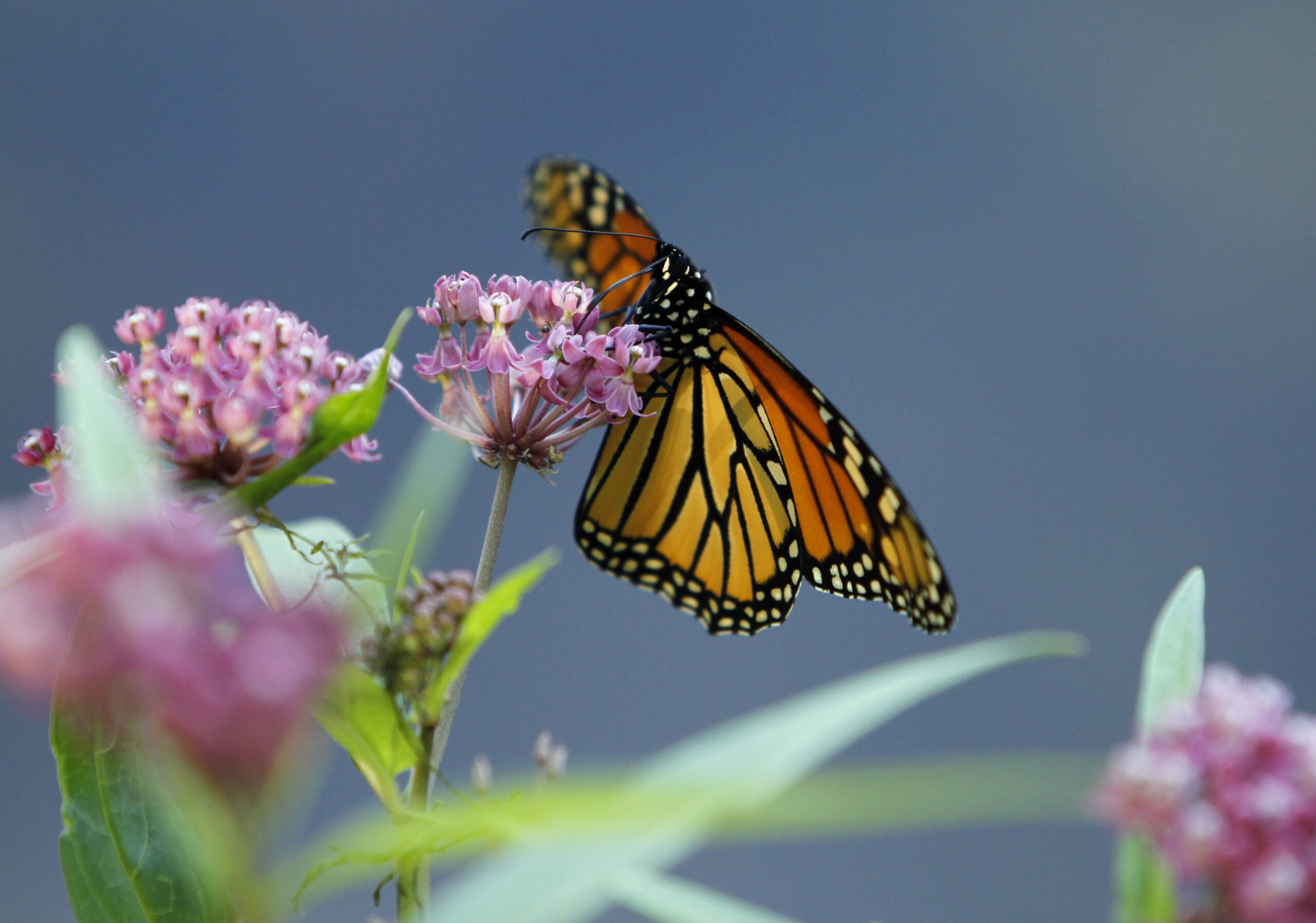Notice fewer monarchs this summer? So have the volunteers who count them in Wisconsin.
Volunteers tracked the insects — in egg and larvae form — at 382 monitoring sites around the state. The citizen science team is part of the Monarch Larva Monitoring Project, an effort to track monarchs and their habitat across North America.
Wendy Caldwell is the executive director of the Monarch Joint Venture nonprofit, which partners with the University of Wisconsin–Madison Arboretum to run the volunteer counts. She said volunteers reported fewer monarchs this season than in past years.
News with a little more humanity
WPR’s “Wisconsin Today” newsletter keeps you connected to the state you love without feeling overwhelmed. No paywall. No agenda. No corporate filter.
Generally, as was the case in 2023, Wisconsin volunteers saw increased numbers of monarchs per milkweed in the summer.
But in 2024, the July counts were down.

Caldwell said these seasonal counts are good indicators of how the entire monarch population is doing. But they don’t tell the whole story.
“What’s happening in Wisconsin might not be happening in other parts of the range,” Caldwell said, adding that regional weather and limited data collection could lower one state’s counts, while monarchs elsewhere clock in at higher numbers.
“Without looking at it across the board, it’s hard to really put all those pieces together,” she said.
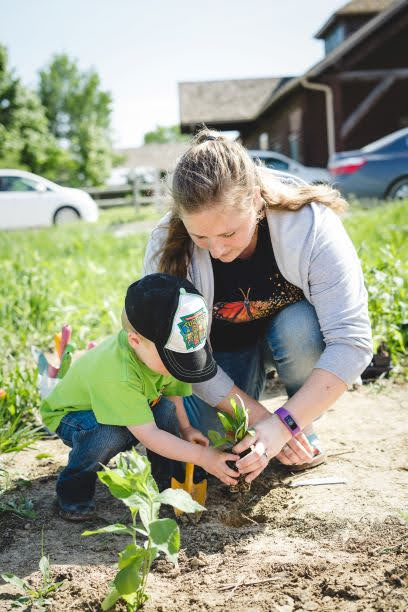
Caldwell and her team won’t know for certain how the larger monarch population is fairing until the insects’ annual migration to Mexico this winter. There, butterflies from states east of the Rocky mountains gather to overwinter. And it’s where researchers get the best sense of population health, Caldwell said.
“That’s the best measurement that we have year to year,” Caldwell said.
In February, researchers reported the monarch population in Mexico was the second-lowest on record — meaning it’s possible Wisconsin saw fewer monarchs this summer because there weren’t as many to start with, Caldwell said. The butterflies migrate north to Wisconsin in the spring.
It could also be the weather. Some researchers speculate that Wisconsin’s hot start to summer and following cold and wet weeks could have impacted the monarchs’ transition from pupa to butterfly.
“Did it just delay the migration for a little bit, and we’re actually going to see a lot more monarchs in this later fall?” Caldwell said. “There’s so many unknowns.”
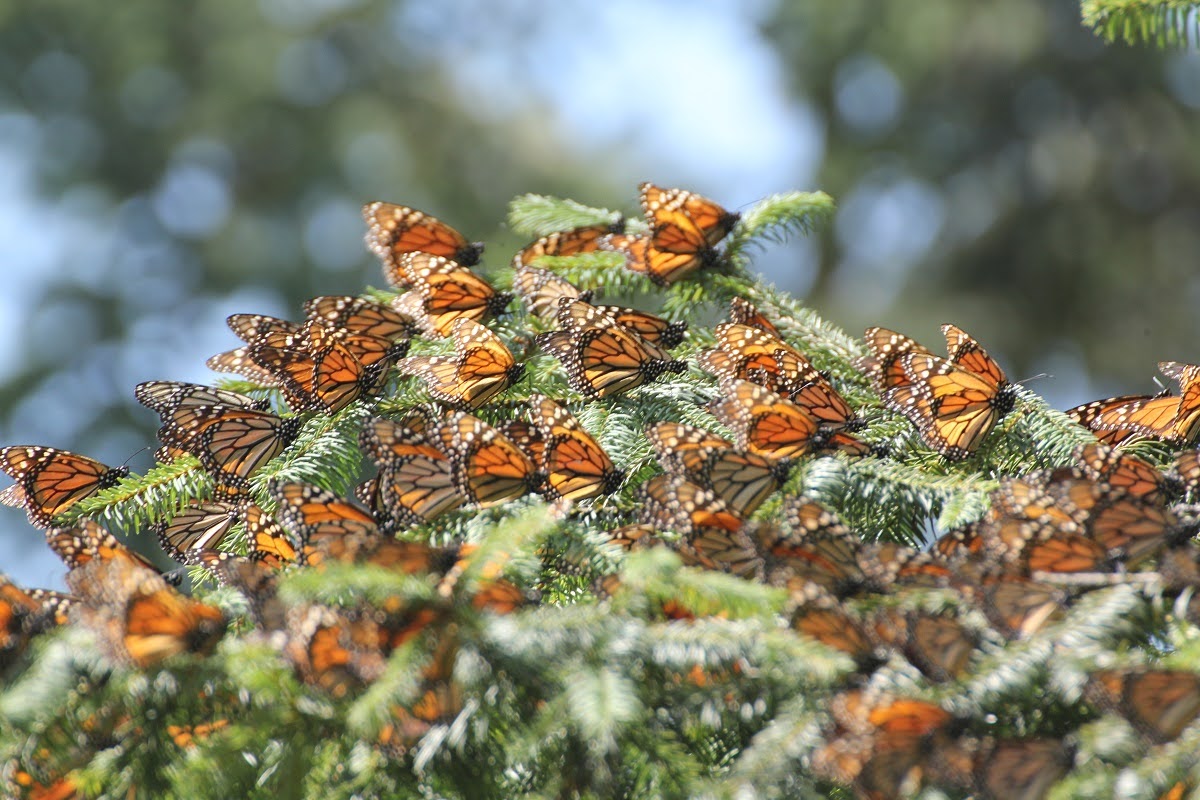
Generally, Wisconsinites can help monarchs by planting more milkweed and wildflowers in their gardens and on roadsides, Caldwell said. In 2023, the city of Madison made 10 acres of monarch habitat on medians, lots and buildings. Monarchs rely on milkweed to feed on and lay their eggs.
“The more we can help them encounter that kind of habitat, the more successful their population is going to be,” Caldwell said.
Wisconsin Public Radio, © Copyright 2025, Board of Regents of the University of Wisconsin System and Wisconsin Educational Communications Board.

